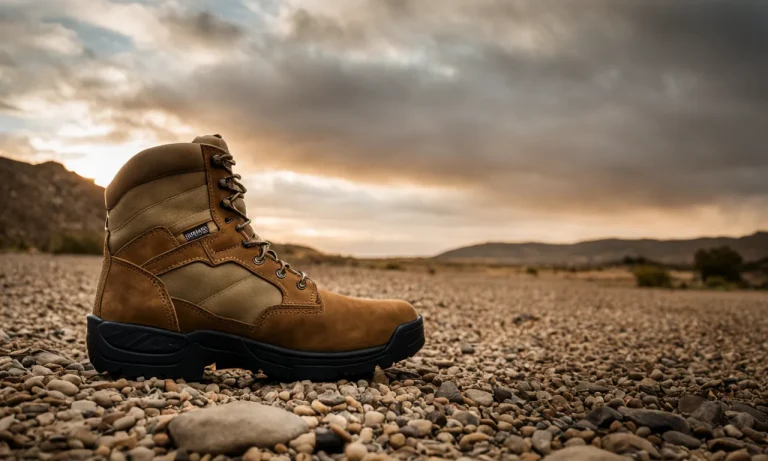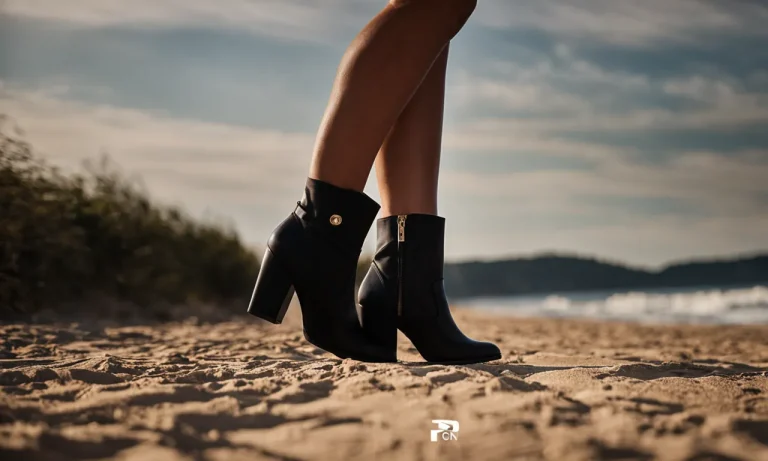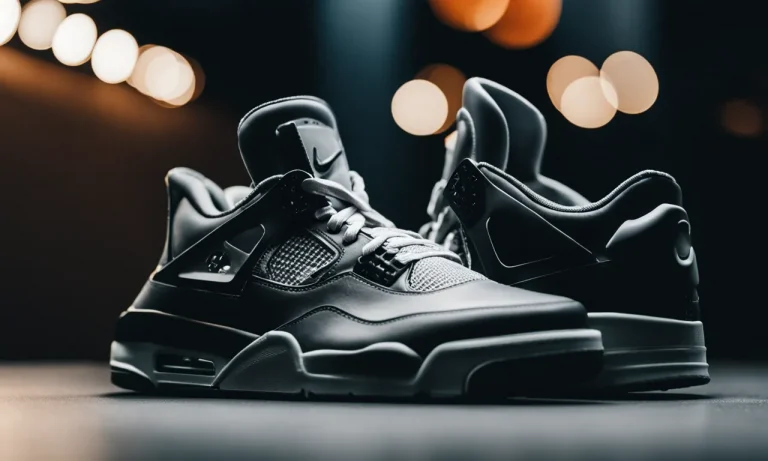Nike is one of the most iconic brands in the world, known for its signature Swoosh logo and popular shoe models like the Air Jordan, Air Force 1, and Air Max. But have you ever wondered how much it actually costs Nike to make one of their shoes?
The production process involves everything from design and development to manufacturing and distribution, so the true costs extend far beyond just the raw materials.
If you’re short on time, here’s a quick answer to your question: The estimated cost to manufacture a typical Nike shoe is $25-$50. However, the full retail price is much higher, ranging from $100-$250.
Shoe Design and Development Costs
Research and innovation
In order to create a new Nike shoe, extensive research and innovation are required. Nike invests a significant amount of money into research, constantly pushing the boundaries of technology and design.
They collaborate with athletes, sports scientists, and engineers to gather insights and understand the needs of the athletes. This research phase involves studying the latest trends, materials, and technologies, with the goal of creating a product that is both innovative and performance-enhancing.
According to Nike News, one example of their innovative technology is Flyknit, a lightweight and breathable material that reduces waste during production. This type of research and development can be a costly process, but it is essential for Nike to stay ahead in the competitive footwear industry.
Prototype creation
Once the research phase is complete, Nike moves on to creating prototypes of the shoe. This involves designing the shoe on a computer and then producing physical samples. The prototype creation stage is crucial as it allows Nike to test different designs, materials, and technologies before finalizing the product.
Creating prototypes can be an expensive process, as it often requires specialized machinery and skilled craftsmen. Additionally, multiple iterations may be necessary to perfect the design, which adds to the overall cost.
Product testing
Before a Nike shoe is ready for mass production, it undergoes rigorous testing to ensure its quality and performance. This includes testing the shoe’s durability, comfort, and functionality in various conditions.
Nike has state-of-the-art testing facilities where they simulate different environments and movements to evaluate the shoe’s performance.
Product testing is an important step in the development process as it helps Nike identify any potential issues or areas for improvement. It ensures that the final product meets the high standards set by the company.
Shoe Materials and Production
When it comes to making Nike shoes, there are several factors that contribute to the overall cost. One of the main considerations is the materials used in the production process.
Outsourced manufacturing
Nike, like many other global brands, outsources the manufacturing of their shoes to countries with lower labor costs, such as China, Vietnam, and Indonesia. By doing so, they are able to take advantage of cheaper production costs and ensure that their shoes are affordable for consumers.
Outsourcing also allows Nike to tap into the expertise and resources of these countries’ well-established footwear manufacturing industries. This helps to ensure the high quality and consistency of their products, while keeping costs relatively low.
Cost of materials
The cost of materials used in Nike shoes can vary depending on the specific model and design. However, some of the common materials used include rubber, leather, synthetic fabrics, foam, and various types of adhesives.
While the exact costs can be difficult to determine, it is estimated that the materials used in a pair of Nike shoes typically account for around 20-30% of the total production cost. This includes the cost of sourcing the materials, transportation, and any additional fees associated with importing them.
Labor costs
Labor costs also play a significant role in determining the overall cost of making a Nike shoe. As mentioned earlier, the outsourcing of production to countries with lower labor costs helps to keep these expenses in check.
In countries like China, where a significant portion of Nike shoes are manufactured, the average hourly wage for a factory worker is much lower compared to countries like the United States or Western Europe. This difference in labor costs contributes to the overall affordability of Nike shoes.
It’s important to note that while outsourcing may help reduce labor costs, Nike is committed to ensuring that their manufacturing partners maintain fair labor practices and provide safe working conditions for their employees.
Distribution and Operating Expenses
When it comes to the cost of making a Nike shoe, distribution and operating expenses play a significant role. These expenses include shipping and logistics, marketing and endorsements, retailer margins, and company overhead. Let’s take a closer look at each of these factors:
Shipping and logistics
Shipping and logistics are essential components of getting Nike shoes from the manufacturing facilities to the retail stores. The cost of shipping can vary depending on the distance and mode of transportation.
Nike works with various shipping partners to ensure efficient and timely delivery of their products worldwide. These expenses may include transportation costs, customs duties, and warehousing fees. According to nike.com, the company is continuously striving to optimize its supply chain to reduce costs and improve sustainability.
Marketing and endorsements
Nike is known for its extensive marketing campaigns and high-profile endorsements. The company invests heavily in advertising, sponsorships, and collaborations with athletes and celebrities. These marketing expenses contribute to the overall cost of making a Nike shoe.
By associating their brand with top athletes and influencers, Nike aims to create a strong brand image and increase consumer demand. The effectiveness of their marketing strategies can be seen in the popularity and success of their products.
Retailer margins
When Nike shoes reach the retail stores, the retailers also play a role in determining the final price. Retailers typically add a margin to cover their operating expenses and generate profits. This margin can vary depending on the type of retailer and the location.
Online retailers may have different pricing strategies compared to brick-and-mortar stores. However, it’s important to note that Nike’s suggested retail price (SRP) is often used as a guideline by retailers.
Company overhead
Company overhead refers to the costs associated with running the Nike organization itself. This includes expenses such as employee salaries, research and development, administrative costs, and other operational expenses.
Nike has a global presence with offices and facilities worldwide, which adds to the overall company overhead. However, these costs are necessary to maintain the quality and innovation that Nike is known for.
Conclusion
While Nike shoes retail for high prices around $100-$250, the actual cost to make a typical pair is estimated between $25-$50. There are significant costs associated with design, innovation, branding, advertising, and corporate overhead that allow Nike to command premium prices.
However, the largest chunk of the retail price goes towards wholesaler and retailer margins. At the end of the day, consumers are not just paying for materials and manufacturing, but the perceived value of the Nike brand name and swoosh logo.






